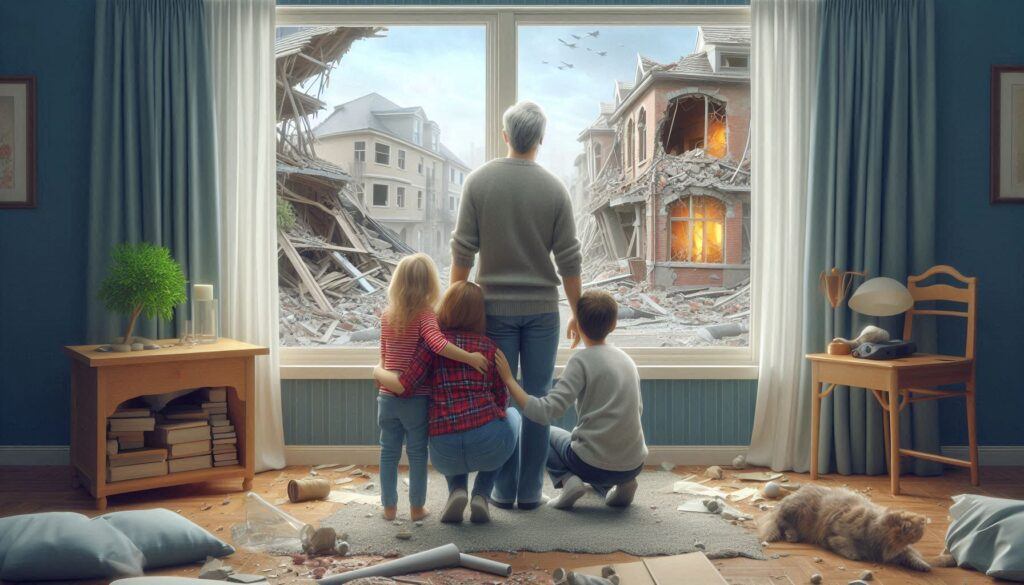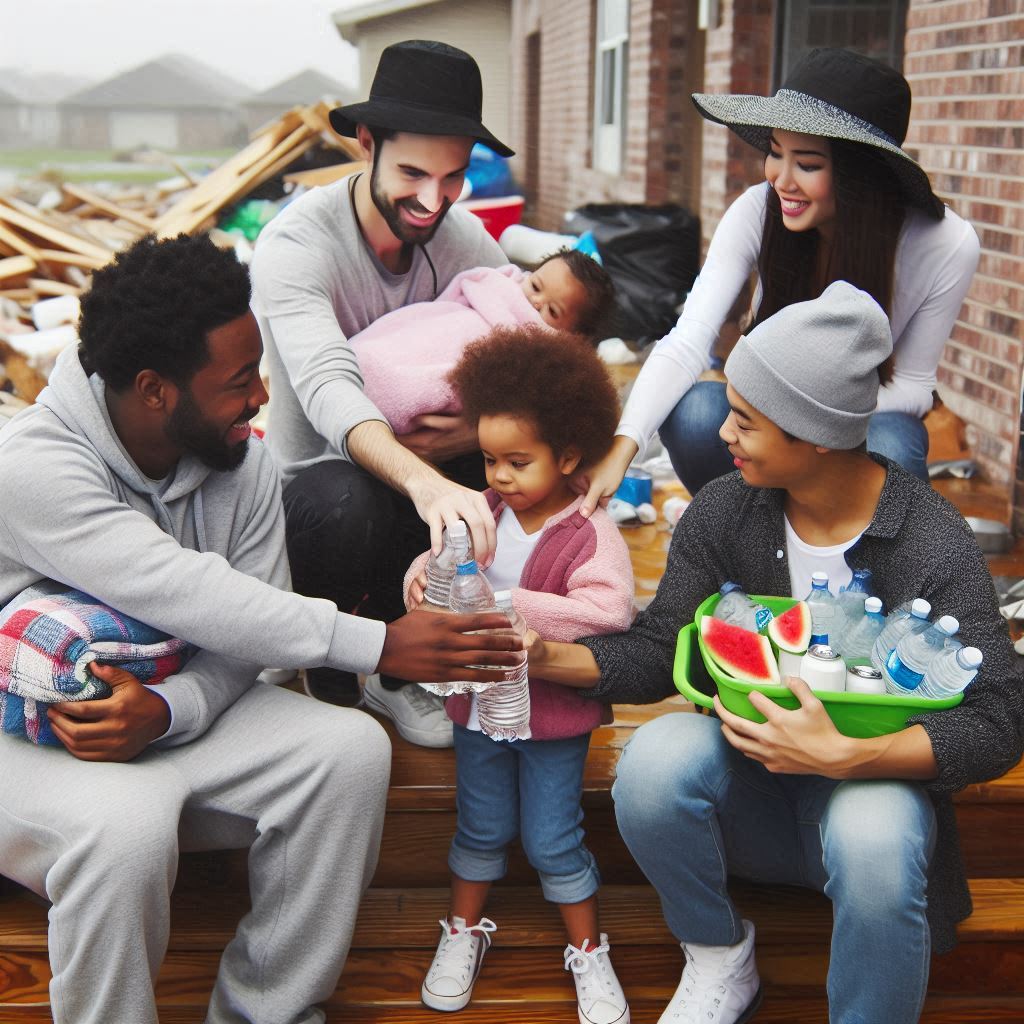
In a crisis, our usual ways of communication can break down. Phones might not work, internet connections could drop, and getting in touch with loved ones becomes a challenge. That’s why it’s crucial to initiate alternative communication during disaster situations.
Not having a plan in place can lead to panic and confusion. When the usual lines of communication fail, people can become isolated, and it can be tough to know if everyone is safe. By planning ahead, you can reduce anxiety and ensure you have a way to stay connected.
Various emergencies can disrupt communication. Natural disasters like earthquakes, hurricanes, and floods can knock out power and phone lines. Man-made crises such as cyber-attacks or infrastructure failures might also impact our ability to stay in touch.
Thankfully, there are several options for alternative communication. These include simple tools like walkie talkies, battery-operated radios, solar-powered radios, and text messaging services. Each of these can be lifesavers when the usual methods aren’t available. Seek out the best emergency communication devices.
Non-Traditional Communication Methods
 In situations where traditional communication methods fail, non-traditional alternatives can be incredibly useful. Walkie talkies, for instance, are great for local communication. They don’t rely on cell towers or the internet, making them reliable even when infrastructure is down. Plus, they’re easy to use and can cover a significant range.
In situations where traditional communication methods fail, non-traditional alternatives can be incredibly useful. Walkie talkies, for instance, are great for local communication. They don’t rely on cell towers or the internet, making them reliable even when infrastructure is down. Plus, they’re easy to use and can cover a significant range.
Wireless two way communication systems provide another effective option. These systems can work over larger distances and are often used by emergency services. They offer a reliable way to communicate in various conditions, providing a clear line even in challenging environments.
Text messaging services can still function in emergencies when voice calls might not. Texts require less bandwidth and can sometimes get through when calls can’t. Services like SMS blasts can also be used to send mass messages to groups, ensuring that important updates reach everyone quickly.
Social media platforms can serve as valuable tools for updates during disasters. Platforms like Twitter and Facebook can disseminate information rapidly, helping people stay informed. However, it’s essential to verify the credibility of the sources before acting on any information.
Community message boards, whether physical or digital, can be a central hub for sharing news and updates. Local authorities or neighborhood groups often manage these boards, ensuring reliable and timely information.
Emergency Broadcasts and Radio Communication
Staying informed during a disaster is crucial. Emergency broadcasts provide real-time updates and instructions when other forms of communication are unreliable. Familiarize yourself with the types of emergency broadcasts available in your area. These can include local TV and radio stations, as well as specific emergency alert systems.
Investing in the best emergency communication devices can make a big difference. Battery-operated and crank radios are essential items. These devices don’t rely on electricity, so they’re useful when the power is out. They often include features like NOAA weather alerts, which broadcast emergency weather information and other critical updates.
Finding the best radio emergency communications remains one of the most reliable methods during disaster events. In particular, NOAA radios are invaluable for receiving continuous updates straight from the National Weather Service. You can stay informed about weather conditions, emergency instructions, and other important information without needing an internet connection.
In the absence of internet access, tuning into local radio stations can be a lifeline. Many areas have designated emergency stations that switch to a 24/7 broadcast mode in crisis situations. These stations provide up-to-the-minute details on what’s happening and any actions that need to be taken.
Battery life is always a concern, so consider devices with alternative power sources. Crank radios and those with solar charging capabilities minimize the risk of running out of power. Making sure that your devices are ready to go and packed with spare batteries or power banks can provide peace of mind that you’re prepared.
Creating and Communicating a Meet-up Plan
Having a meet-up plan is vital when you can’t return home. Identify safe, accessible locations where your family can reunite. Choose public places like parks or community centers, which are less likely to be closed during a crisis.
Regular check-ins are important. Schedule periods throughout the day when everyone should try to check in, either in person or through whatever means of communication are working. This helps ensure everyone stays informed and connected.
Use local landmarks as reference points for meeting locations. They’re easy for everyone to remember and usually remain intact. Share these locations with all family members and friends, so everyone knows where to head in an emergency.
and usually remain intact. Share these locations with all family members and friends, so everyone knows where to head in an emergency.
Distribute your meet-up plan widely. Don’t just tell people; write it down. Keep a physical copy of the plan in your emergency kit and make sure everyone in your household has a copy as well. In addition, share it with extended family and close friends.
Keep your plan updated and practice regularly. As circumstances change, you might need to adjust your chosen meet-up spots. Practicing the plan ensures everyone knows what to do and reduces confusion during a real emergency.
_________________________________________________________________
* I may earn a commission if you click on certain links on this website
